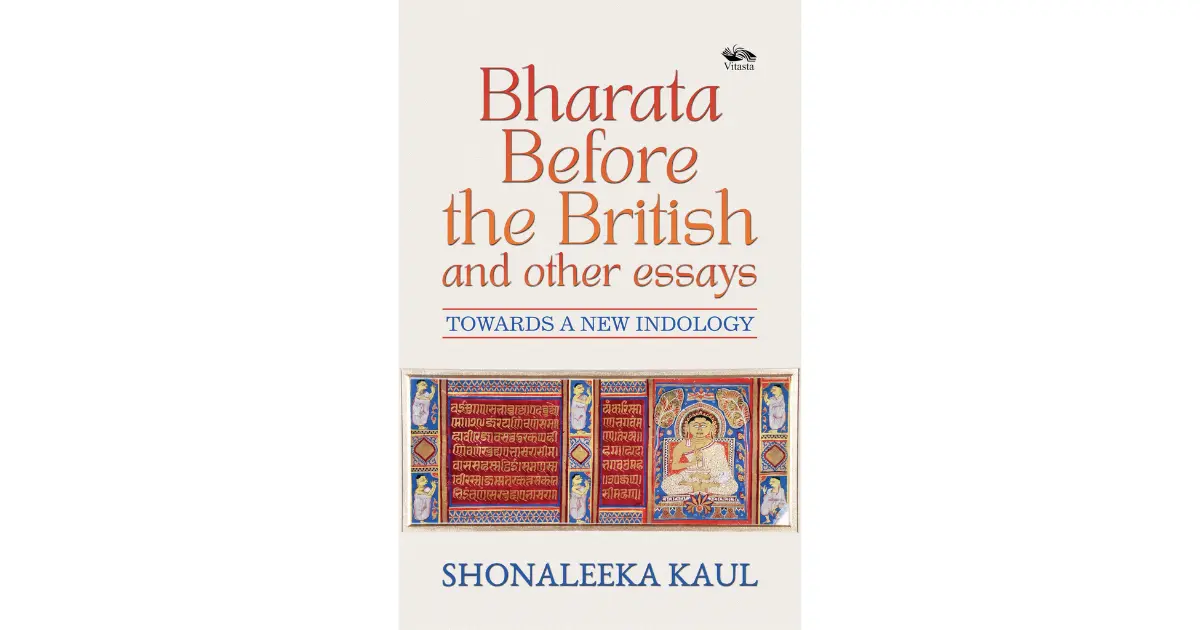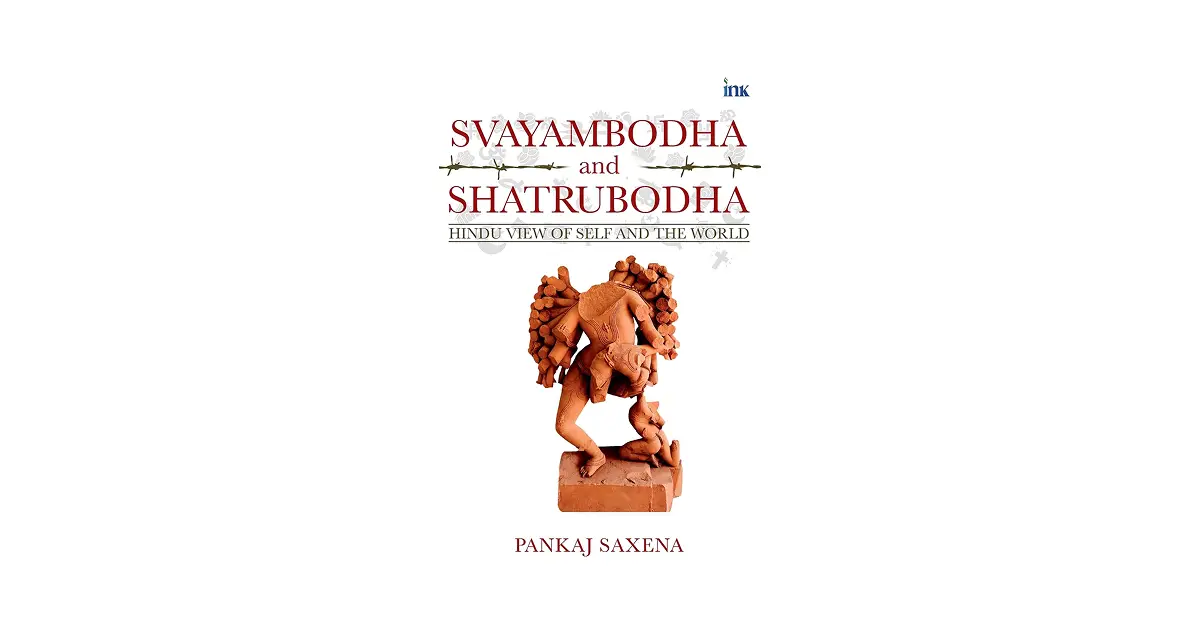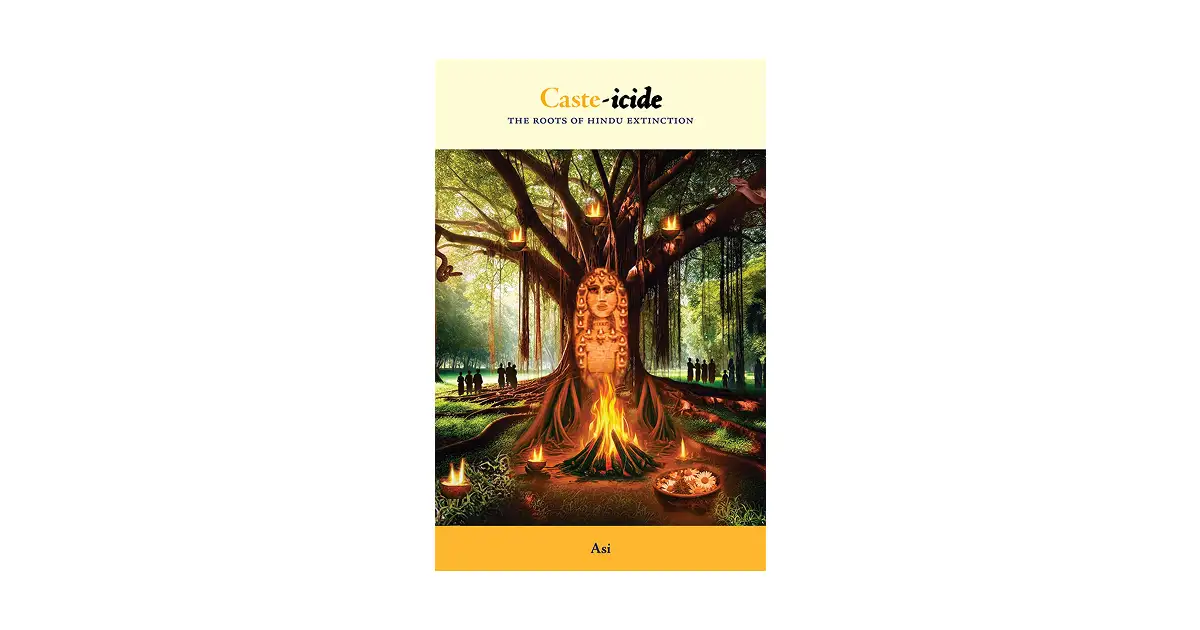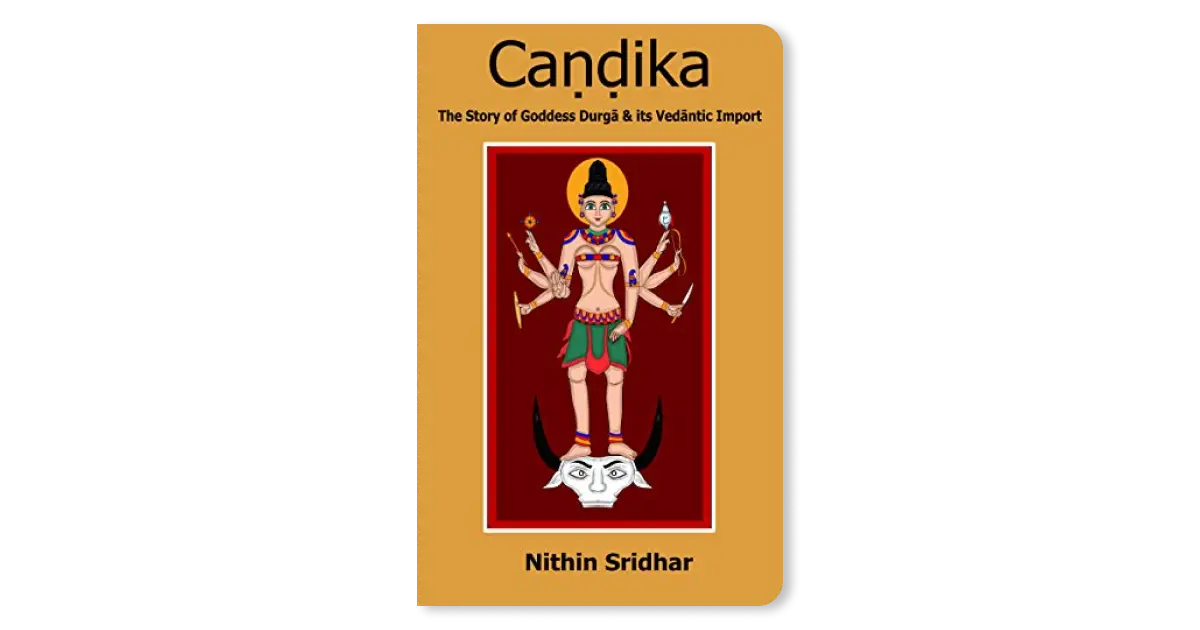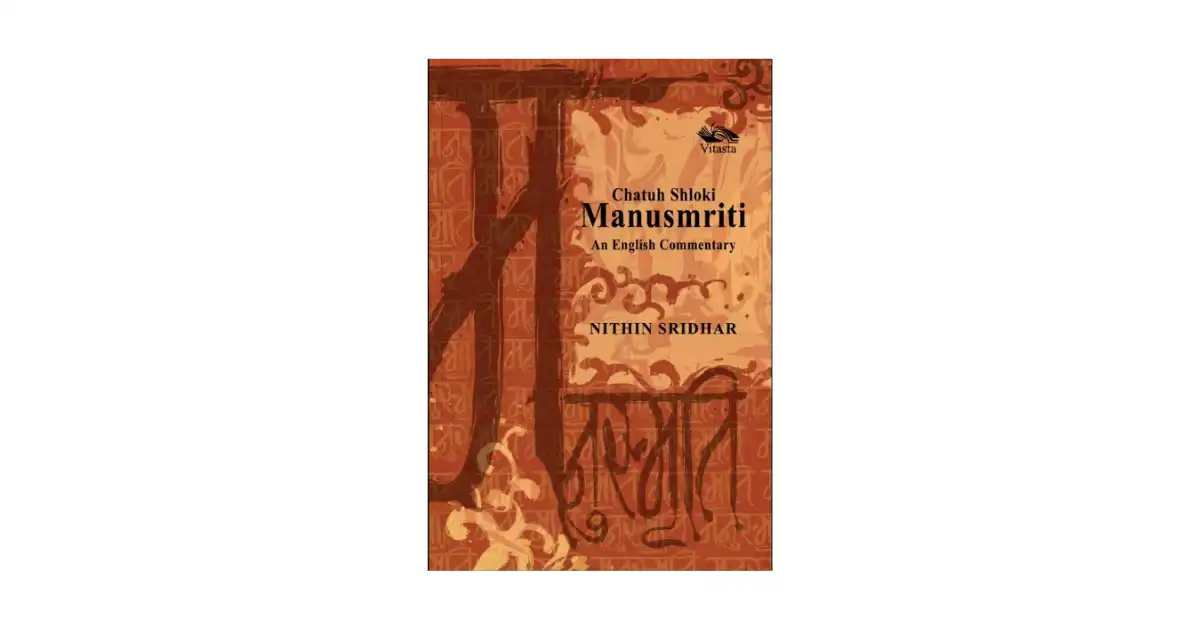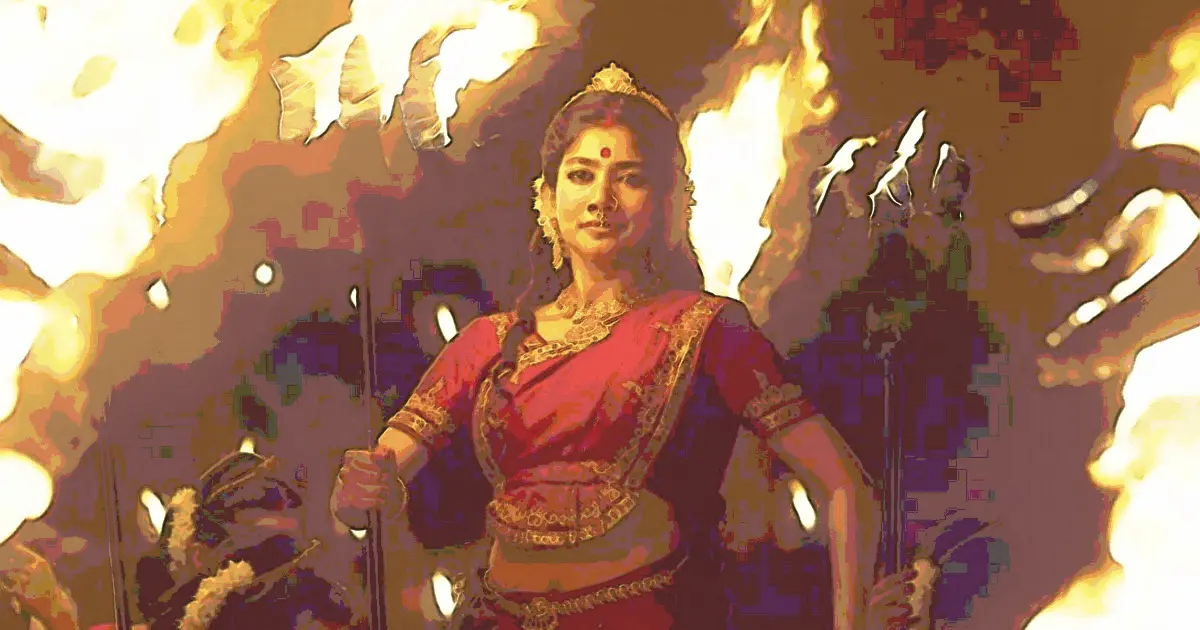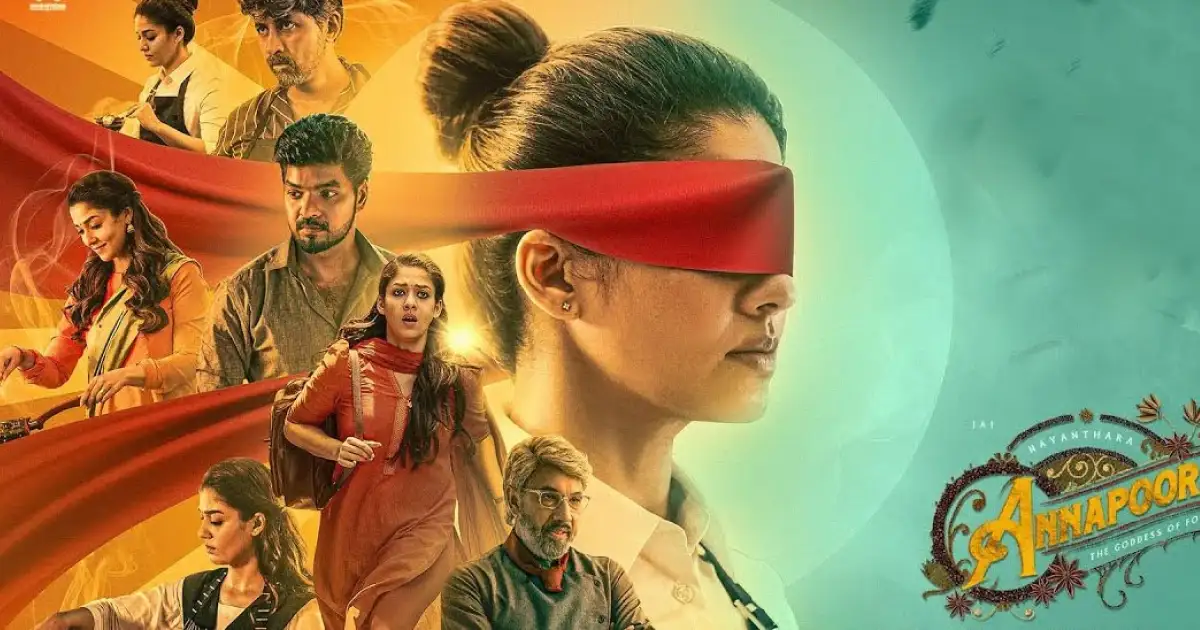Shonaleeka Kaul is a historian who currently teaches at Jawaharlal Nehru University. Her latest, Bharata Before the British is a meticulously researched, vivid exploration of India’s vast and multifaceted history prior to Islamic conquest and colonial influence. She starts out by stating that national identities form in the longue durée, making the reclamation of historical narratives from colonial disruption all the more crucial for post-colonial societies. Drawing extensively from Diana Eck’s India: A Sacred Geography, the work of Sheldon Pollock, and internal and external accounts of India, her first chapter emphasizes the historical continuity of Bhāratavarṣa as a singular cultural and religious episteme, thereby serving as an antidote to colonial narratives that assert that India as a nation-state is a modern, purely political entity. She cites evidence from diverse historical records —starting with the Mahābhārata, the purāṇas, and accounts from foreign visitors like Al Beruni, etc. to highlight the common thread of a shared sense of belonging to a region bound by the Himālayas in the north and the seas in the south. Kaul challenges the idea that the modern nation-state is the only form of political organization, arguing instead that a sense of a felt community has existed in India for centuries.
Kaul dedicates four additional chapters to Kashmir’s forgotten Hindu past, challenging the notion that it was an isolated region with no cultural continuity with the rest of India. Through her reading of Rājataraṅgiṇī, she offers evidence of Kashmir being fully embedded in the Sāṃskṛtika identity of India — from the Gods to the pottery shards to the vast corpus of literature, all of it was continuous with those found in the rest of India. By positioning Kashmir within the Saṃskṛta cosmopolis (Pollock), Kaul challenges the narrative that views Kashmir as a separate entity, instead framing it as a foundational source of Indic cultural and intellectual life — being the fount of Kashmiri Śaivism (the trika tradition) and various aesthetic traditions. Despite Kashmir’s identity being cultivated from within, it is a fully realized part of a shared Indic heritage, an identity based on Śakti and woven seamlessly into the broader fabric of Indian civilization. She dedicates one of her chapters to Lal Ded, the Kashmiri poetess, contextualizing Kashmiri Śaivism in its history and geography. The detailed, meticulous recounting of Kashmir’s Hindu past is a much-needed intervention amidst unabated separatist movements in present-day Kashmir. Kaul believes that the erasure of Kashmir’s history from living memory is the root of disinformation and conflict in the valley.
Kaul’s essay ‘Sanskrit and Society: Beyond the Politics of Language’ puts forth the assertion that narratives in Saṃskṛta literature are complex and present a polyphony of worldviews, however, “[t]he tendency has been instead to label Sanskrit as elitist and courtly and having little to do with the wider world”. She challenges this notion of excessive rigidity and stereotyping of Saṃskṛta as a rarefied, elitist language that held little importance to the public at large. She maintains that Saṃskṛta literature engaged deeply with society in ways that defy modern-day presuppositions.
Her chapter ‘Bridging Gaps, Creating Divides: Sanskrit Texts, Europe and the Problem of Translation’ addresses the issues surrounding translation and transmission in academic scholarship, beginning with the Orientalist project whose worldview colored their approach to Indian history, culture and language. She observes that rhetoric, myth and the ethico-didactic elements in literary and historical works were dismissed in favor of chronology, causation and objectivity which were valorised. She then re-looks at Rājataraṅgiṇī and the information that can be gleaned from it when seen through a culture-sensitive lens. She urges that translation and interpretation of such texts must do justice to their historical and literary vision to avoid the erroneous ways of modern Indology.
The chapter ‘Thoughts on the Kathakakautukam and Islam in 15th Century Kashmir’, a Sanskrit rendition of a Persian text with Biblical and Quranic antecedents, reinforces the fact that the intellectual examination of a text must not happen in an ahistorical vacuum. Though Kaul briefly touches upon the brutality of Islamic rule and the persecution faced by the Hindus — especially by the Brahmins — she also reiterates some of the same stale tropes of syncretism and “cultural exchange” in Kashmir the 14th and 15th centuries. This “Sufi tale of romantic love sublimated to the love of God (Allah)” written in Saṃskṛta is presented as a “cross-cultural exchange” — propitiating Śiva and embodying advaita philosophy. However, how relevant an examination of this text is to the rest of the book — which set out to paint an image of pre-modern India — is left unclear.
The portion of the book that is most intriguing are the chapters ‘The Politics of Time: Reclaiming Poetry’ and ‘The Politics of Place: Reclaiming Myth’. ‘The Politics of Time’ is a summary and introduction to the arguments in her work Retelling Time: Alternative Temporalities from Premodern South Asia. Kaul critiques the “regime of time” that orders our lives —the imposed, Western idea of time — Hegelian or Newtonian time characterized by linearity, absoluteness, immanence, and rigid directionality. She writes that the “historical actors seek to control space by mastering time”, and connects the idea of time with an understanding of history:
Indic conceptions of time were not confined to anthropic and quotidian time; Indians were conscious of vast cycles of time, against which they thought it important to situate human history.
She rightfully observes that “the project of history has outlasted Empire itself by enshrining a deeply empiricist and exclusionary self-definition, which is hegemonic in academia across the world till today.” By stating that temporalities relating to time are deeply intertwined with narrative structures, rituals, and cosmologies, she offers a non-teleological view of time. She details the manner in which kāvya offers alternatives to experiencing and representing time, and challenges the hegemony of colonial modernity over our cognition of time.
‘The Politics of Place: Reclaiming Myth’ is another pertinent chapter that elevates the importance of myth in a culture’s understanding of the world, its beliefs, practices, imagination and lived realities that persist across space and time. Her discussion of myth emphasizes how it functions as a moral and cultural touchstone, shaping social norms, identity and marking geography. Kaul states that it is time we confidently diverge from the view of myths as superstitious, irrational, and fantastical; to rehabilitate myth as not just an adjunct to the reading of history, but as an “instrument of power and acculturation” and “as communitarian mechanism by which societies made sense of themselves and the world”. Myth, along with orality and collective memory, enshrines and transmits community, and ultimately civilizational paragons. She quotes Robert Goldman, who once stated that realities of fantasy in myth are more keenly felt than those of history and geography, carrying great cultural and emotional weight for a people. She remarks that the presence of myth in our itihāsa has led historians to deny them the status of history — and that epics are embedded with meta-historical and socio-political questions of dharma.
Her chapter on urban spaces, an abbreviated version of her larger work Imagining the Urban: Sanskrit and the City in Early India attempts to piece together and reconstruct an idea of India with its socio-cultural landscape through portrayals and descriptions found in Saṃskṛta literature. She quotes extensively from texts and Saṃskṛta plays which offer glimpses into how urban spaces were envisaged, portraying cities not just as physical spaces but as amalgams of dialectical cultural and social ideals. In the itihāsa-purāṇas, Saṃskṛta plays, and poetry, cities were viewed as spaces of beauty, cosmopolitanism, and moral complexity, central to shaping identity and social order in early India. Kaul’s analysis offers a nuanced perspective on the urban imagination, highlights the vibrancy of nagaras or urban spaces, deepens our understanding of lived experience in ancient and medieval India.
Kaul examines literature, mythology, art, and language to highlight how these elements have shaped the ethos of Indian civilization over the millennia. She presents a nuanced and alternative view of India, that counters the dominant Marxist reading of history. Kaul’s approach is refreshingly accessible, balancing scholarly rigor with lucid narrativization and flow. Kaul is often repetitive, however, the text remains engaging overall.
In summary, Bharata Before the British is not only a corrective to the prevalent leftist narratives that deny the existence and vibrancy of the pre-modern idea of India, but also an invitation to rediscover the ingenuity, resilience, and complexity of India. Her work would resonate with anyone interested in India’s cultural legacy and offers a thought-provoking contribution to the ongoing conversation about India’s identity.
